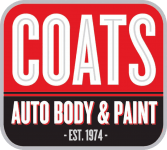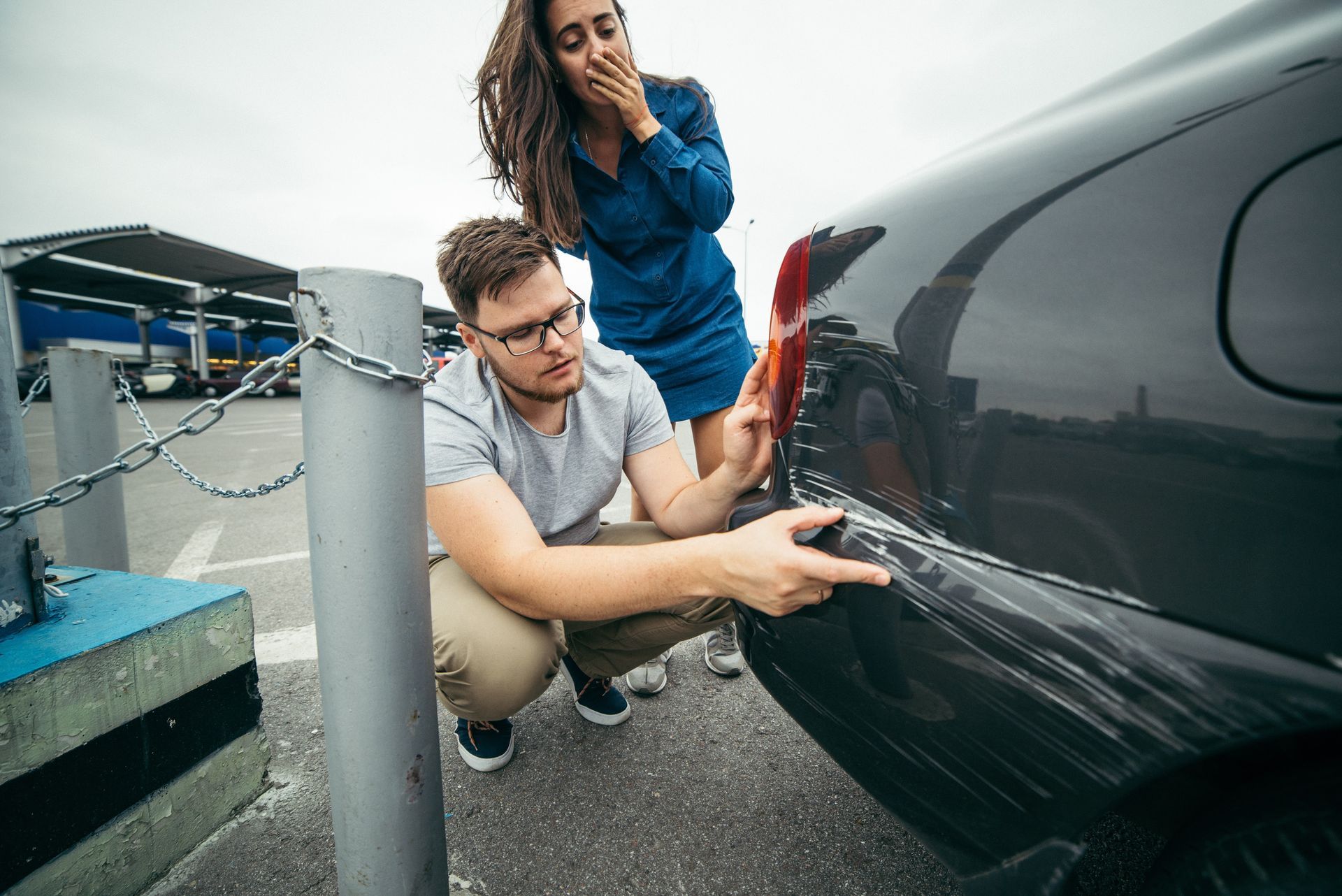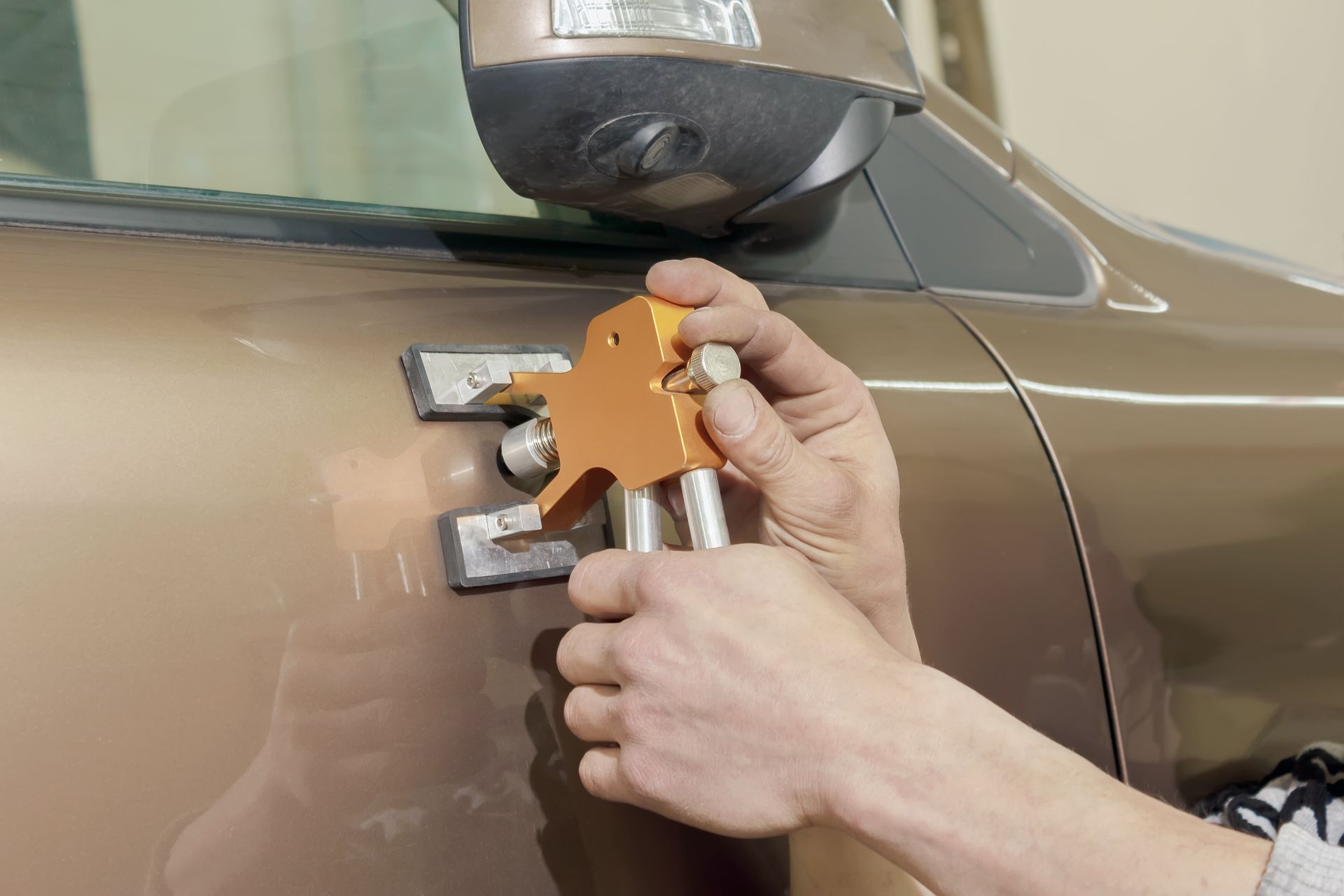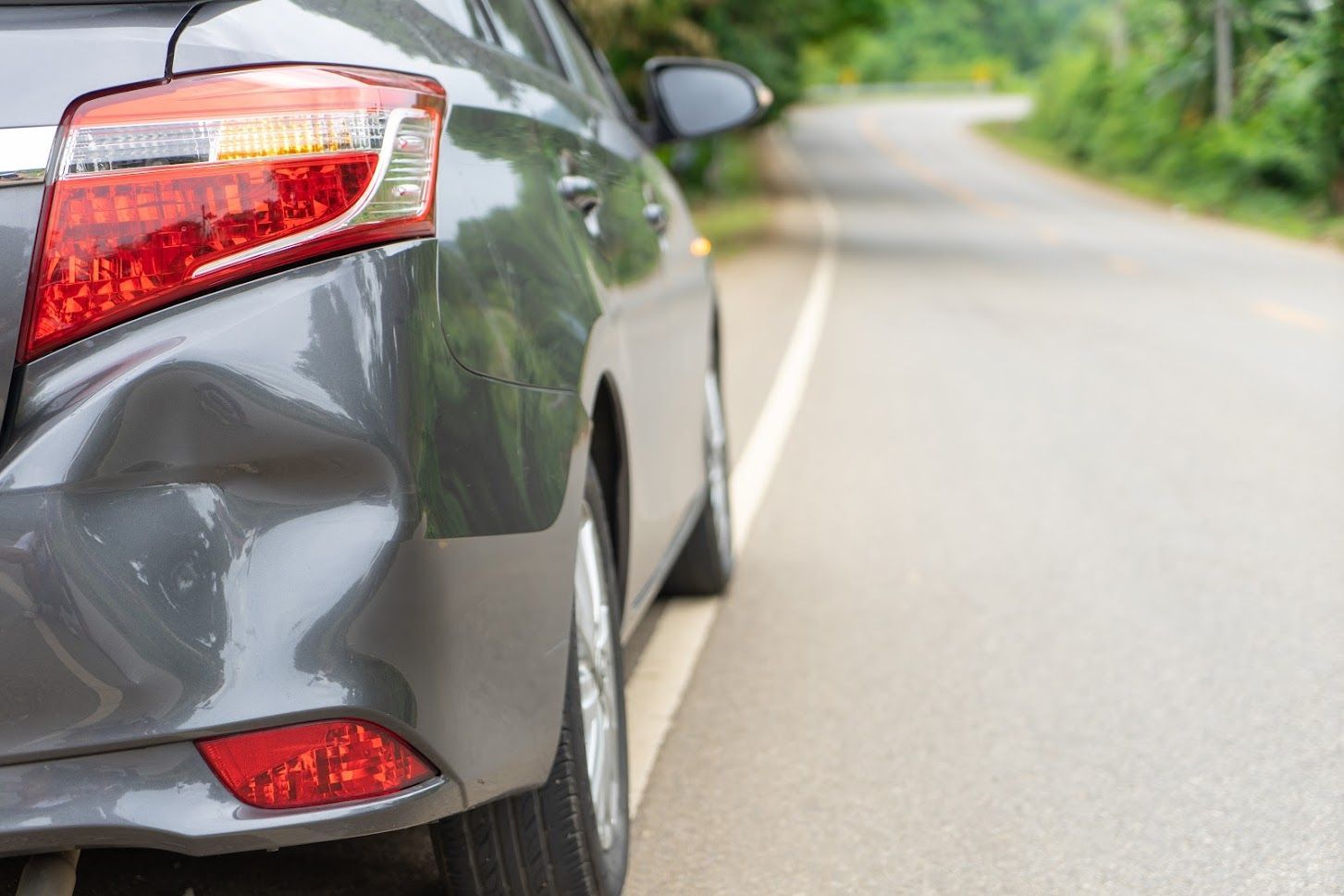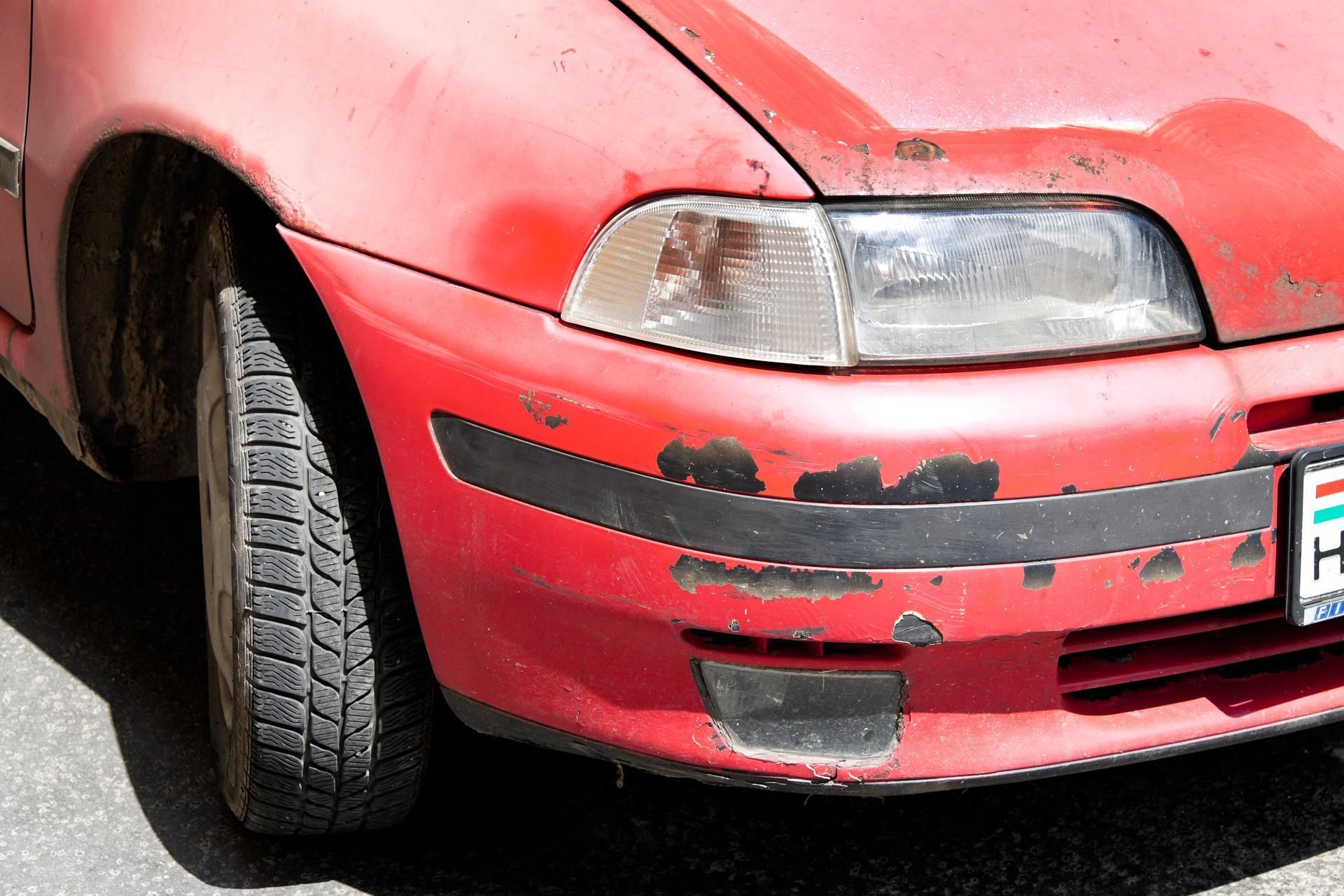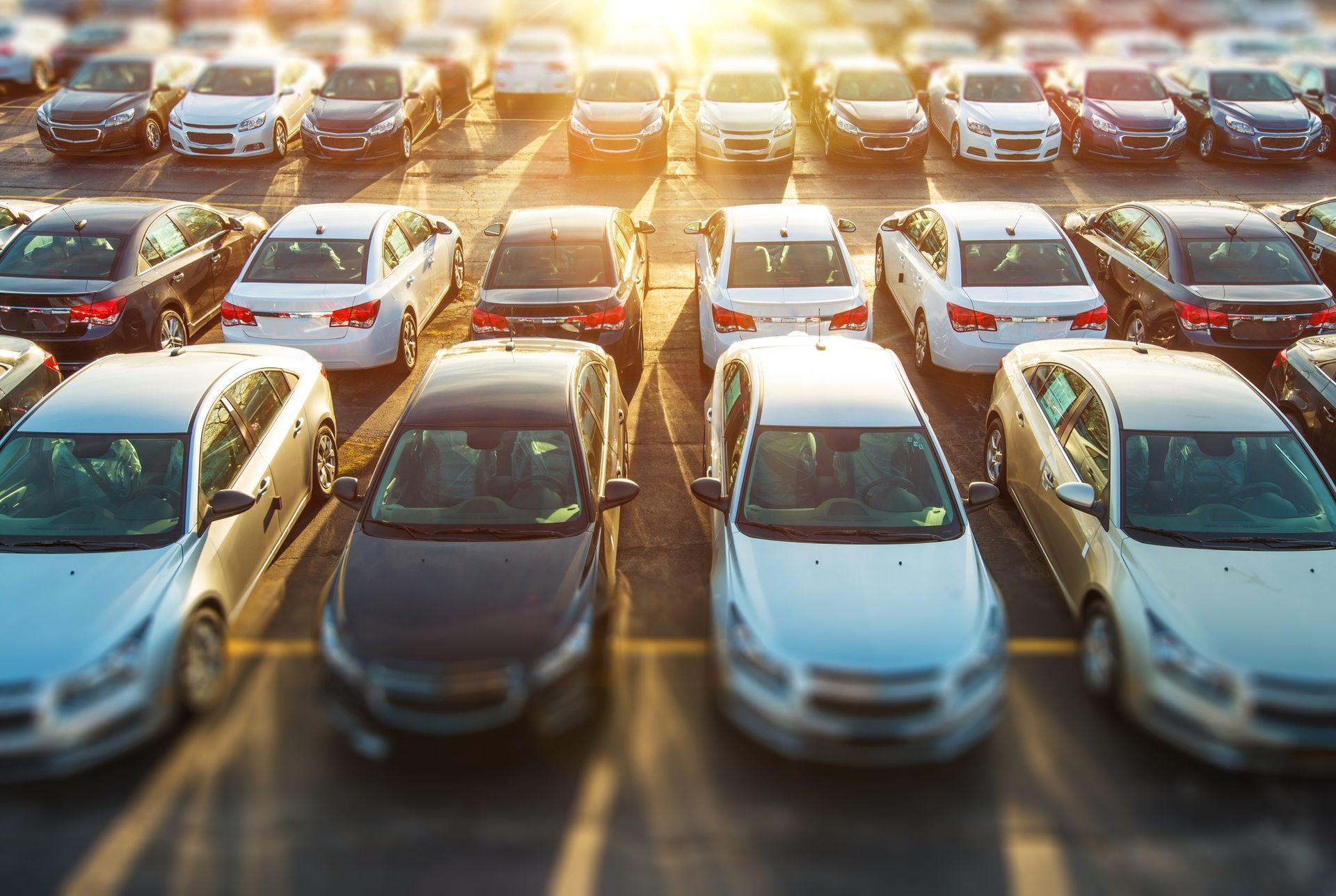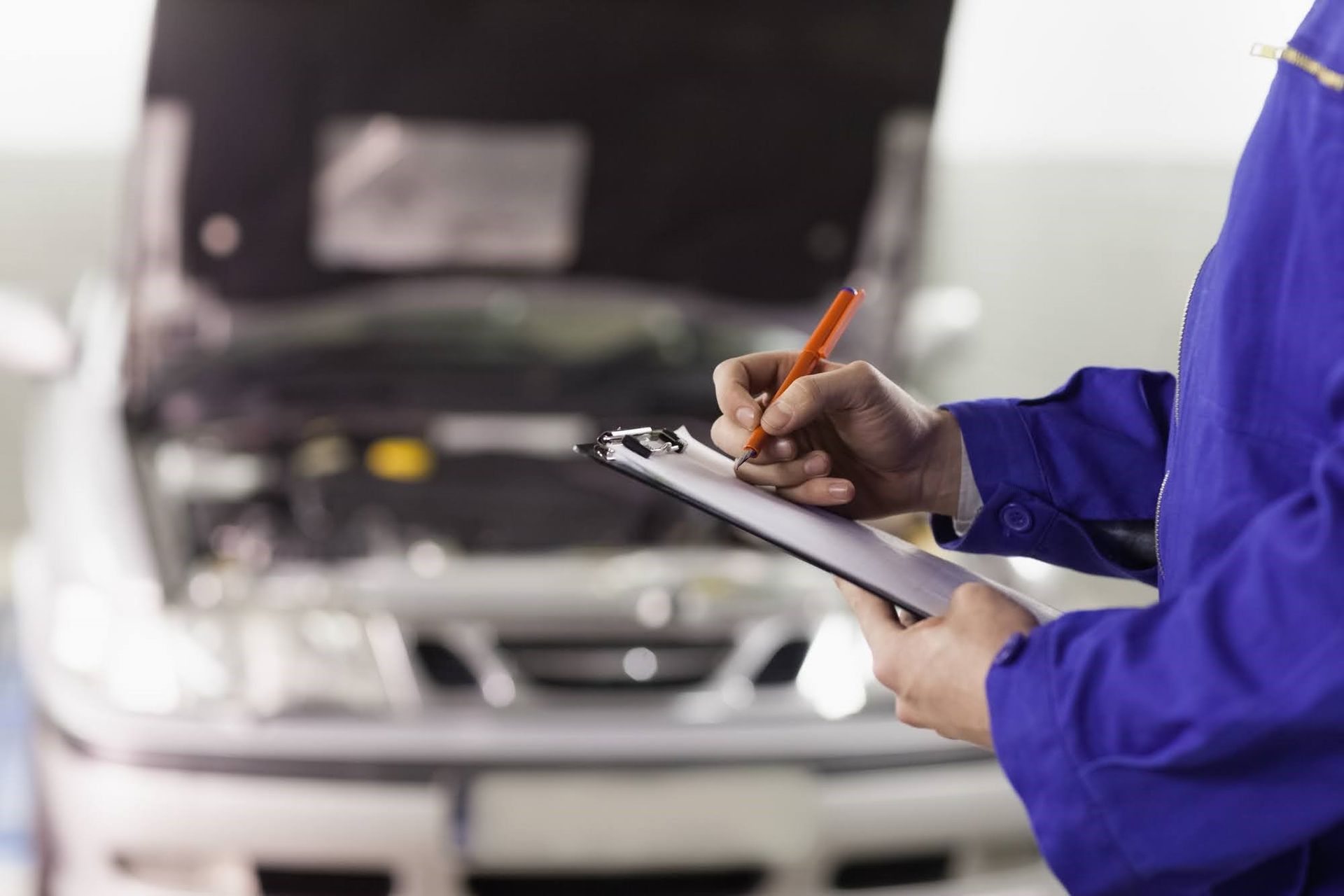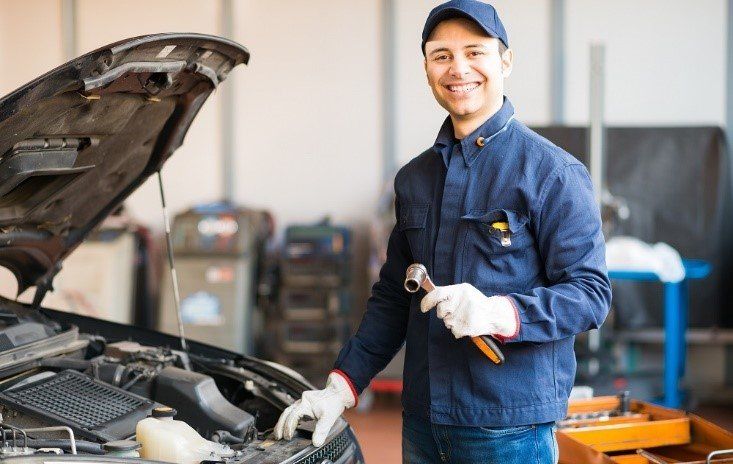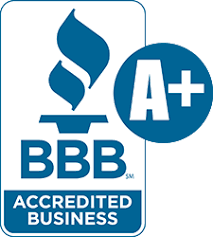Automobile Calibration: Everything You Should Know
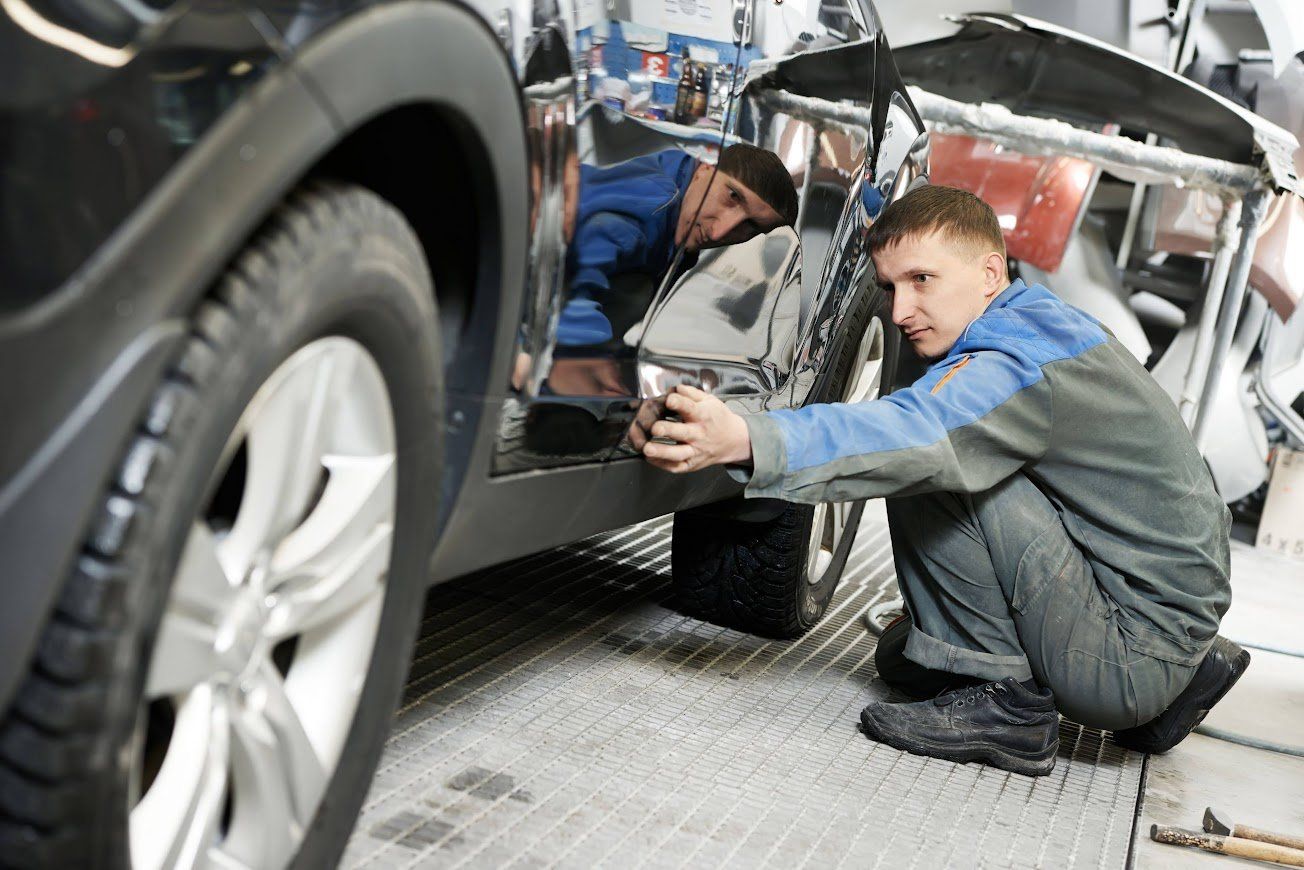
Modern vehicles utilize onboard computers to access their components and make driving easy for the vehicle owner. However, these new systems introduce new approaches to how a mechanic diagnoses and repairs your vehicle. Most of this work will involve calibration. Check out this overview of automobile calibration and what it involves for a quick explanation.
What is Automobile Calibration?
Automobile calibration adjusts a vehicle's electronic control units to match the car's specifications. An electronic control unit (ECU) is an embedded system in automobiles and other vehicles that controls various electrical systems and subsystems in the vehicle.
The ECU is responsible for monitoring and regulating the vehicle's engine, transmission, and other systems. The ECU also often coordinates with other onboard computers, such as those responsible for climate control or infotainment.
When you take your car in for service, the mechanic will check the following types of electronic control units:
- Suspension control module (SCM)
- Body control module (BCM)
- General electronic module (GEM)
- Central control module (CCM)
- Brake control module (BCM)
- Transmission control module (TCM)
- Powertrain control module (PCM)
- Engine control module (ECM)
Each of these modules controls a different aspect of the car. They all need to work properly for the car to run smoothly.
The ECM monitors different aspects of the engine, such as air temperature, fuel pressure, and exhaust gas composition. Based on these readings, the ECU adjusts the amount of fuel and air fed into the engine. If the ECU is not properly calibrated, the engine will not run as efficiently as possible.
The PCM manages the powertrain. The powertrain includes the engine, transmission, and drivetrain. The PCM ensures that all these components work together properly. The TCM regulates gear shifts and ensures that the vehicle selects the correct gear for the current driving conditions.
The BCM monitors the automobile's speed and applies the brakes when necessary. The CCM manages the car's accessories, which include the headlights, taillights, and windshield wipers. The CCM also controls the car's security system.
The GEM controls the car's electrical system. This system includes the battery, alternator, and starter. The BCM manages the car's body, which includes the doors, windows, and seats. The SCM is responsible for the car's suspension, such as the shocks and struts.
Why is Calibration Important?
How Do You Know Your Vehicle Needs Calibration?
Whom Should You Consult About Calibration?
Browse Our Website
Contact Information
Hours of Operation
- Mon - Fri
- -
- Sat - Sun
- Closed




